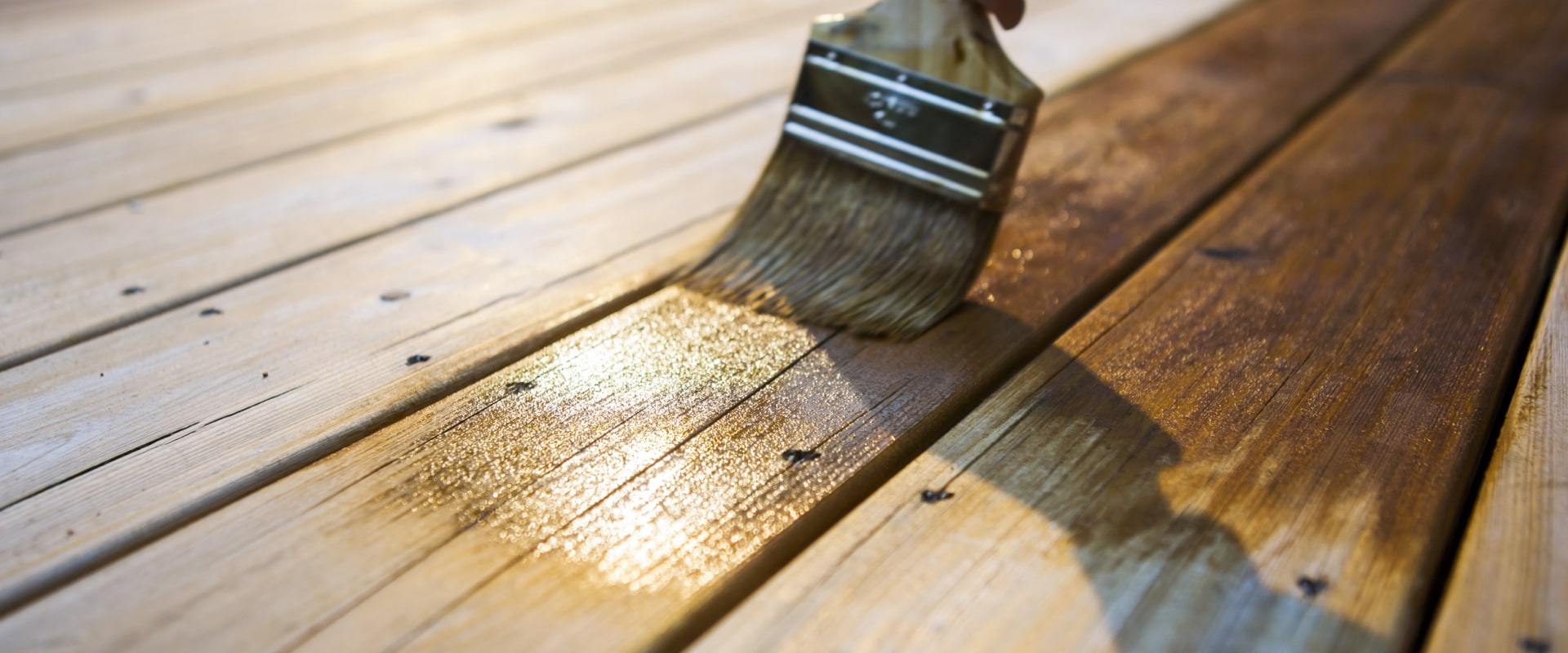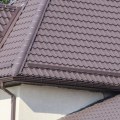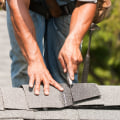While a new roof (to replace the old, worn out roof) may be a capital improvement in the eyes of an accountant, it is generally NOT considered a capital improvement in common interest developments (CIDs). It is essential to distinguish between repairs and capital improvements, as there is a fine line of difference. Obviously, painting, wallpapering and redecorating do not count as capital improvements, but what about substantial repairs to a house? Generally, the answer is "no," as the IRS does not consider work that restores something to its original condition, no matter how extensive, to be a capital improvement. Fixing a leaky roof is not a capital improvement if it is only replacing a few shingles.
If the entire roof is replaced, it is a capital improvement, as the replacement is not a restoration. The same is true if the repair is a structural improvement, such as replacing the foundation so that the house does not collapse. In order for the repair and maintenance project to be tax deductible, it must first be capitalised. Especially when the repair and maintenance improves the property or allows it to be adapted to a new use.
The BRA test (which stands for Betterments, Restorations and Adaptations) is one way to determine this. The replacement of a substantial part of any major component of a building meets the definition of a capital improvement. A roofing system is considered a major component because it plays a critical role in the operation of the overall building. The list below is not considered an exhaustive list under the tax deductibility regulations, but is provided as general guidance to assist in developing discussions between you and your advisors to help determine the tax treatment of the costs incurred.
Before making a decision on the deductibility of the items listed below, a full assessment of your specific fact pattern should be considered. We won't go into all the details of these three safe harbours here, but the official IRS guidance is required reading for rental property owners who want to maximize their current year deductions. You'll also learn a bit about how the IRS approaches capital improvements vs. capital gains.
Of course, you may want to let your CPA handle this for you. This includes repairs to a pre-existing defect prior to the purchase of the property, such as hiring a roofing contractor to fix a damaged roof. Restorations are when something is restored to its normal state, such as replacing an entire roof. Building owners often spend significant amounts to replace parts of various components of the roofing system.
If you are in need of a roofing company this spring, turn to State Roofing for your home improvement needs. You can most obviously "improve on the original value by changing the grade of materials (for example, going to a metal roof instead of a shingle roof or PVC instead of EPDM on the commercial side), but you can also improve on the original value by improving the grade of material beyond the original value. If so, the extension part of the roof is capitalised and, depending on the facts, possibly the entire roof system. So, for example, if you replace an entire roof with metal instead of asphalt shingles, you would be increasing the original value, not performing a necessary step to maintain the original value.
roof replacement



Leave Reply